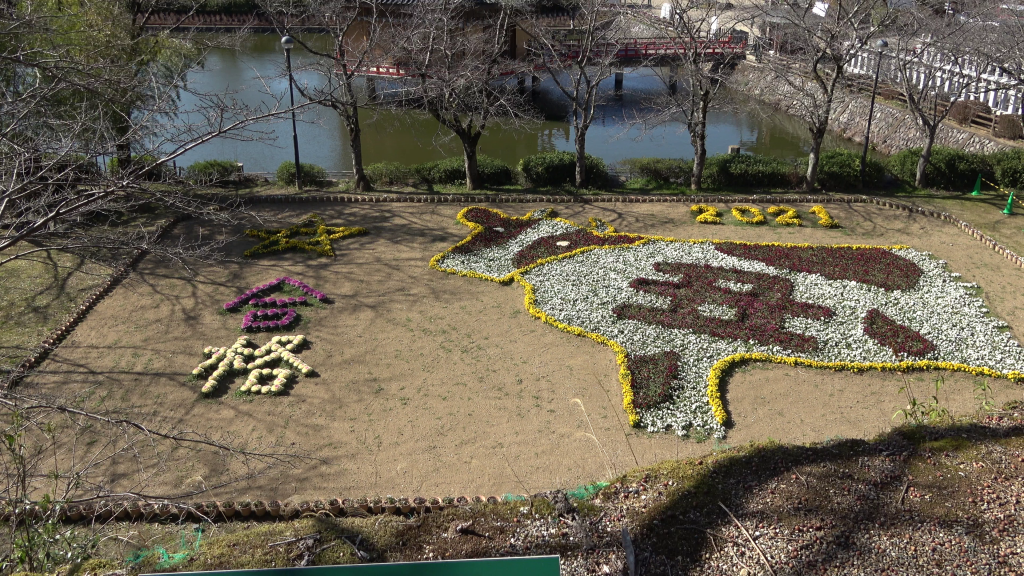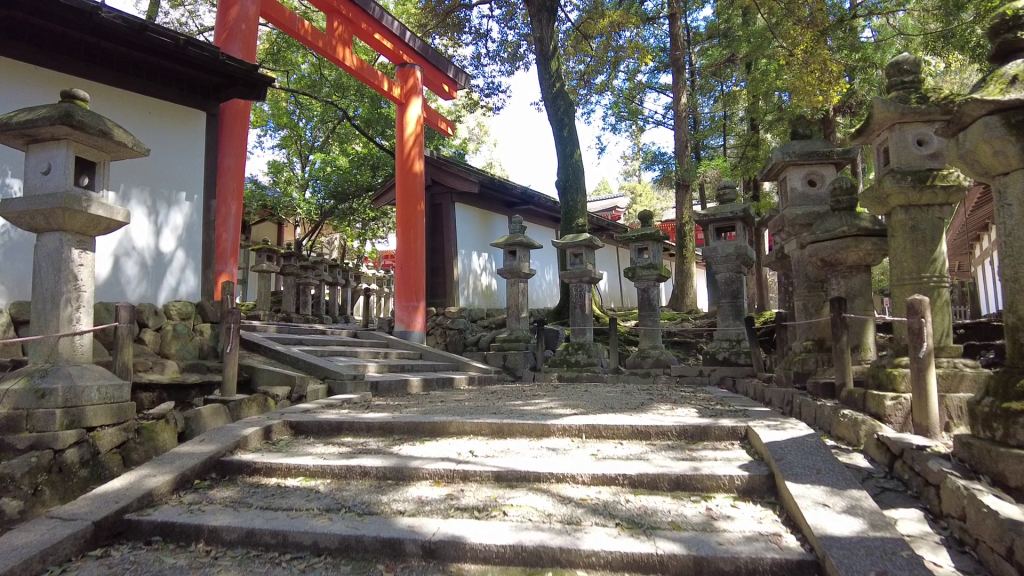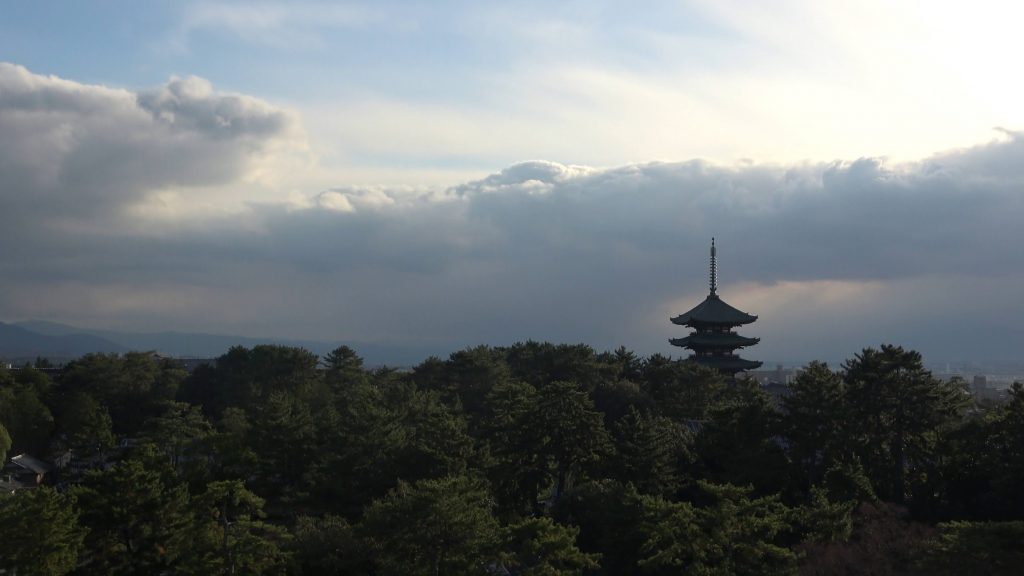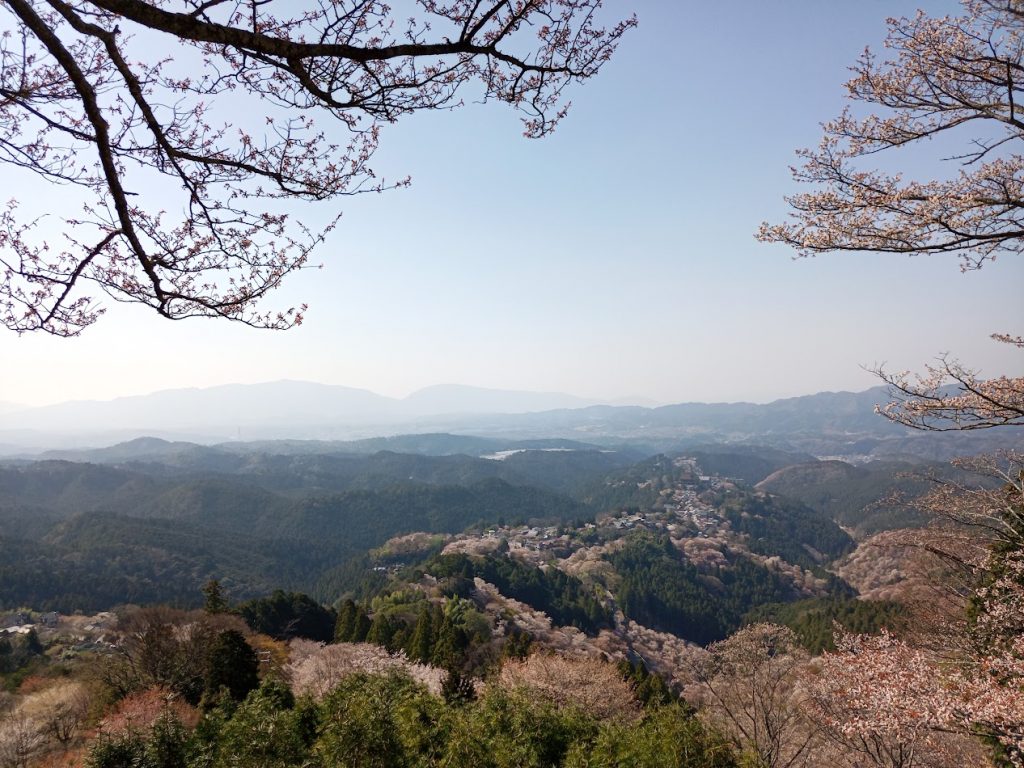Celebrating the New Year in Nara Prefecture
2022/12/15
The 2023 New Year’s holiday quickly approaches and soon people throughout Japan will be participating in the traditional activities associated with the start of the new year (known in Japanese as “Shogatsu”). Because of its traditional significance as a time of cleansing and renewal, it is one of the most important holidays in Japanese society.
Originally, the New Year’s holiday of Japan was celebrated during January or February in alignment with the Chinese New Year, which is based on the lunar cycle. The date was changed to January 1st in 1873 during the Meiji period to line up with the Western world.

Entrance to the Omiwa-jinja Shrine, a popular location to visit in Nara Prefecture for conducting New Year’s prayers.
So what does a New Year’s holiday in Japan usually consist of? Well, there are a variety of different traditions that have been and continue to be practiced throughout the country, sometimes differing by location. Traditionally there is the process of welcoming the Deity of the New Year, who is commonly referred to as “Toshikami” or “Shogatsu-sama,” and is believed to visit on NEw Year’s Eve, bringing good fortune. For this event, preparations are made in households prior to the New Year, including cleaning and setting out food as an offering.
Taosim and the Chinese Zodiac calendar are also well established in Japan and celebrated every year. Temples and shrines commonly use art which features the zodiac animal of each year for special displays or on goods that they sell to visitors.

Flower display at Abe Monju-in Temple for 2021’s Year of the Ox. People commonly visit this temple to pray for passing tests.
For many, the New Year’s holiday is a time to go visit with family as many companies shut down, including government services. During this time, it is common to participate in what is known as “hatsumode,” which, put simply, is the act of visiting temples or shines for the first time in the new year to pray for good fortune. Hastumode starts at midnight on New Years eve, with large crowds of people gathering in front of the most famous shrines and temples to await the start of the new year. Smaller local shrines or temples also see patrons on New Years eve, with festivities often continuing throughout the night. In fact, it is common for train lines to run all night long to accommodate this event. Many businesses also stay open late, so it is also possible to get some grub and warm up after enjoying hatsumode activities.
Visitors conducting hatsumode at temples and shrines also commonly purchase omikuji, or fortune papers that have random forecasts of luck written on them. Omikuji can actually be purchased all year long and give separate information for specific aspects of life, such as relationships and business. If one receives a fortune of bad luck, there is thankfully the option of leaving the luck behind by tying the omikuji to designated metal wire fences (or, traditionally, a pine tree) on the grounds of place of worship. If however, good fortune is received and welcomed, the omikuji can be tucked away by the visitor, preserving the luck, or tied and left behind for the purpose of increasing the effect.

Stone lanterns on the approach to the central structure of the Kasuga-taisha Shrine, one of the most popular locations in Nara City for hatsumode.
Hatsumode is traditionally done on the 1st, 2nd, or 3rd day of the year, coinciding with the national holiday. So if you plan to go sightseeing during this time of the year, be prepared for a whole lot of people just about everywhere you go, including on public transportation services.

Looking towards Kofuku-ji Temple in Nara City.

The mountain temple district of Yoshinoyama is a popular location for doing hatsumode in the mountains of southern Nara Prefecture.
If you find yourself interested in doing hatsumode or just observing the festivities in Nara Prefecture, here is a list of popular (and easily accessible) locations to visit:
Nara City’s Todai-ji Temple – This temple is famous for its Giant Buddha Hall which houses the world’s largest bronze statue of the Deity Dainichi Nyorai. The window for the giant Buddha’s face is actually opened on New Year’s Eve, giving visitors the amazing sight of the statue’s serene, illuminated face looking out over the temple grounds.
Nara City’s Kasuga-taisha Shrine – Famous woodland shrine of Nara Park and home to Nara’s Sacred Deer.
Ikoma City’s Hozan-ji Temple – Temple on a serene mountainside looking over the Nara Basin below. There is a popular practice of watching the year’s first sunrise from the peak Mt. Ikoma.
Ikaruga Town’s Horyu-ji Temple – This ancient Buddhist temple’s main hall is the oldest known wooden building in the world.
Sakurai City’s Omiwa-jinja Shrine – One of the oldest Shinto shrines in the country, many people come to Omiwa to pray to Mt. Miwa, the principle object of worship for the shrine and an ancient form of Shintoism.
Sakurai City’s Abe Monju-in Temple – Temple famous for a famous Taoism practitioner, Abe no Semei, who was active here during the Heian period. It also features a cute flower garden which is designed after the Zodiac animal of the year.
Kashihara City’s Kashihara-jingu Shrine – A more recent Shinto shrine built in the Meiji Period to enshrine the legendary first Emperor of Japan, Jinmu Tenno. The shrine is also famous for its large ema plaque painting of the current year’s zodiac animal.
Yoshino Town’s Kinpusen-ji Temple – Temple of the indigenous Shugendo faith in the mountainous temple district of Yoshinoyama. Around the temple are amazing views overlooking the cedar and cypress wood forests of Nara’s southern Yoshino region.
Of course, beyond the above recommendations, there are many other great places to visit during the New Year’s holiday in Nara. The entire country of Japan is simply a fantastically interesting place to explore during this special time because of the lively atmosphere present just about everywhere you go.
For more information or recommendations for enjoying the New Year’s holiday in Nara, feel free to contact us here at Kansai Treasure Travel.

01
FIND YOUR FAVORITE
TRIP ON OUR WEBSITE.
SEND US AN INQUIRY.

02
PERSONALIZE THE TRIP
TO YOUR INTERESTS
WITH OUR CONSULTANT.

03
20% DEPOSIT TO CONFIRM.
BALANCE PRIOR TO ARRIVAL.
PAYMENT BY CC OR TT.

04
WE WILL
MEET YOU
AT THE AIRPORT.

05
DISCOVER THE
TREASURES!